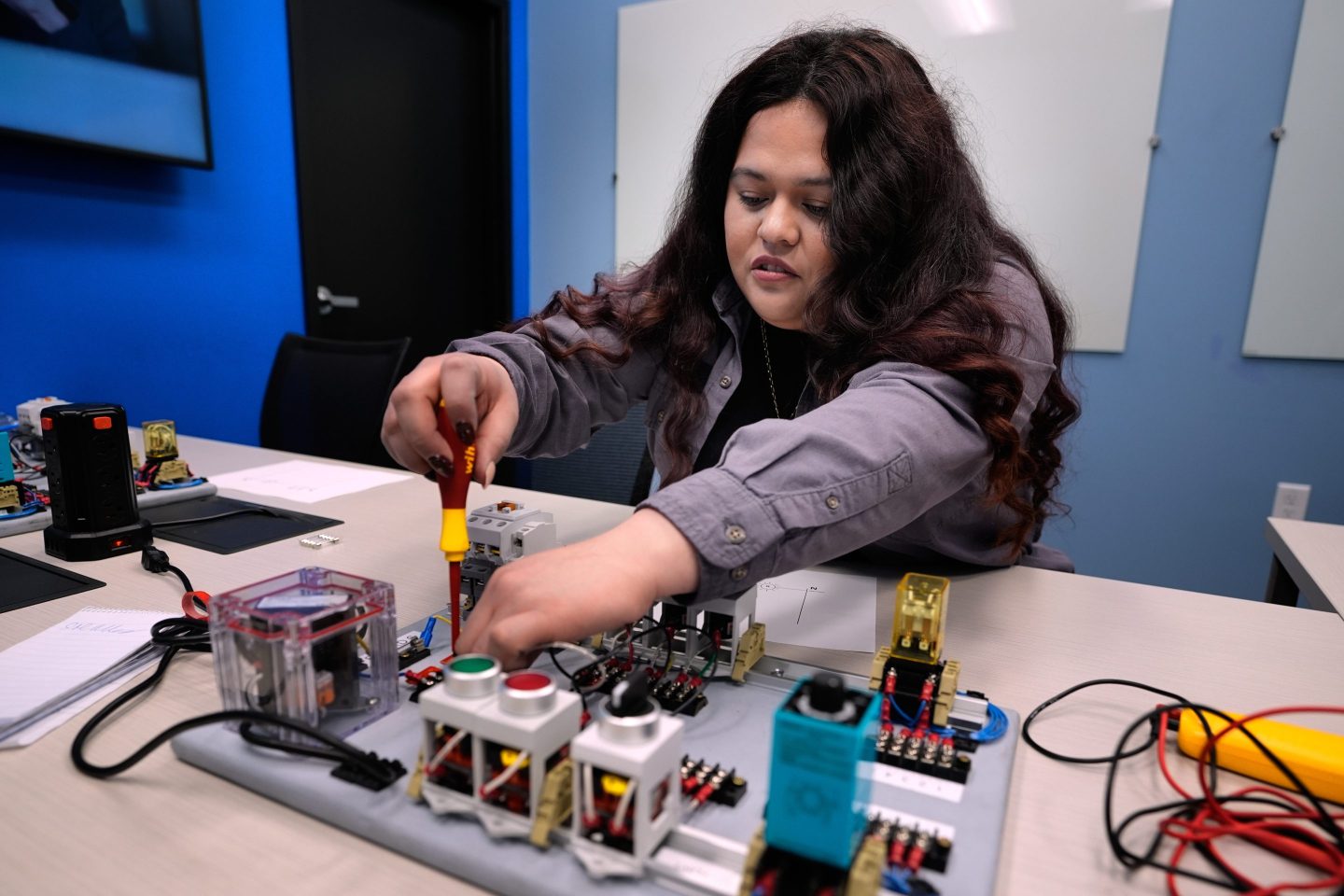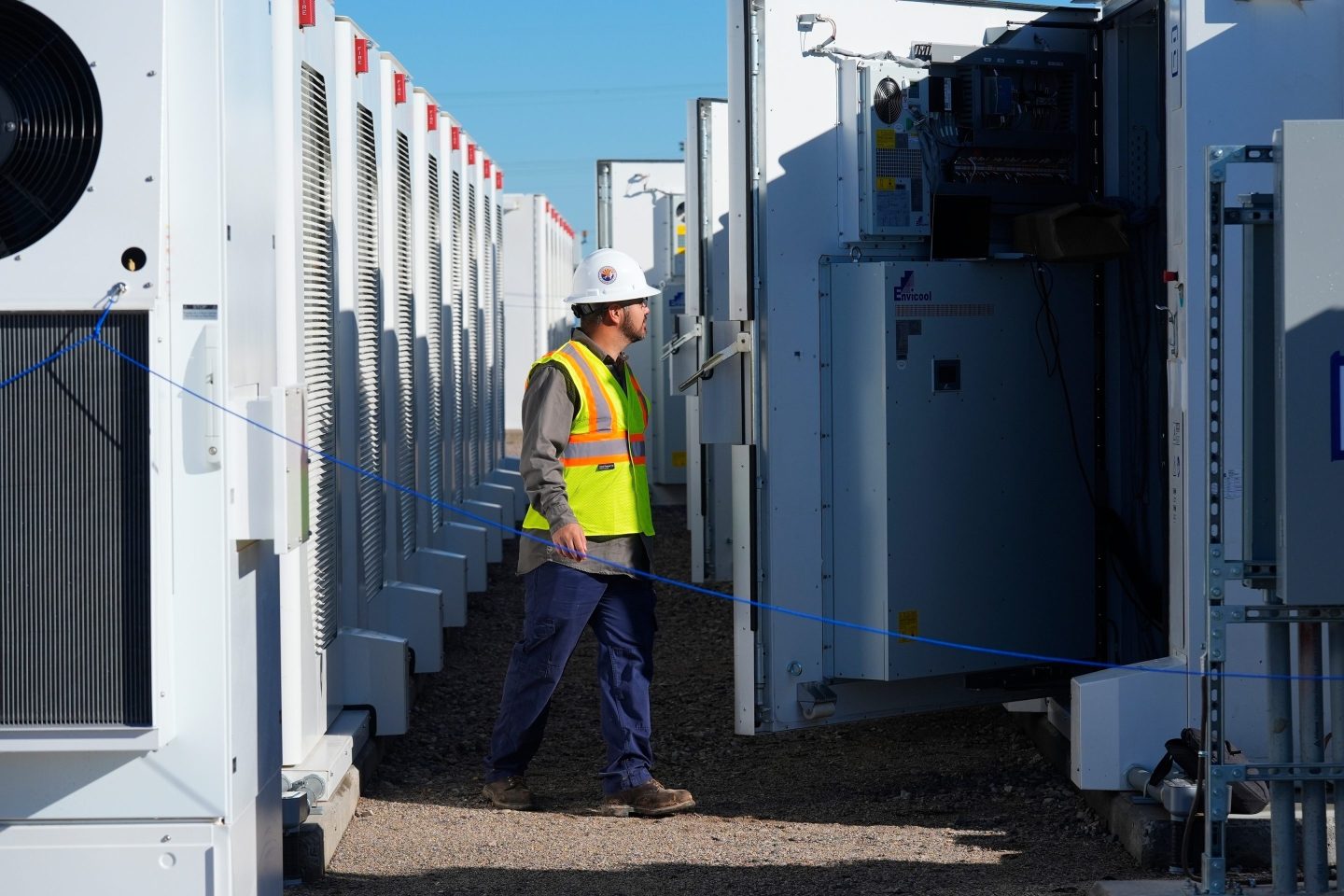Never underestimate an optimist.
Just six out of 80 economists surveyed by Bloomberg expected U.S. gross domestic product to surge 4% or more in the second quarter.
The better-than-expected growth number was reported by the Commerce Department Wednesday morning. The strong increase was primarily due to positive contributions from personal consumption expenditures.
Most of the banks and investment institutions surveyed — including Goldman Sachs, JPMorgan Chase and Morgan Stanley — thought GDP would grow at a more moderate 2.5%-to-3.5% pace. That’s a decent bounce back from a first-quarter drop when GDP fell a revised 2.1%.
But a few banks went big, including PNC Bank, RBC Capital, Deutsche Bank, Haitong International, ING Financial, and Bayerische Landesbankg. The median expectation for these optimists was 4.2%. Bayerische even expected GDP to come in at a roaring 5.2%.
Deutsche Bank’s Chief US Economist Joe LaVorgna, who predicted GDP would grow at a 4.2% pace, reasoned that the higher number would be driven by a bounce back in productivity after the sluggish first quarter.
Productivity declined 5.8% in the first quarter, as measured by GDP over hours worked. Periods of steep productivity drops are typically followed by impressive rebounds.
For example, the worst U.S. productivity drop, 11.2%, came in the third-quarter of 1947 after World War II. It was followed by a 17.8% jump in productivity — and a correspondingly strong GDP gain — in the fourth quarter that year.
LaVorgna saw a similar yo-yo pattern playing out over these past two quarters, which propelled his high expectations.
Sometimes, being right is all about doing your homework.











